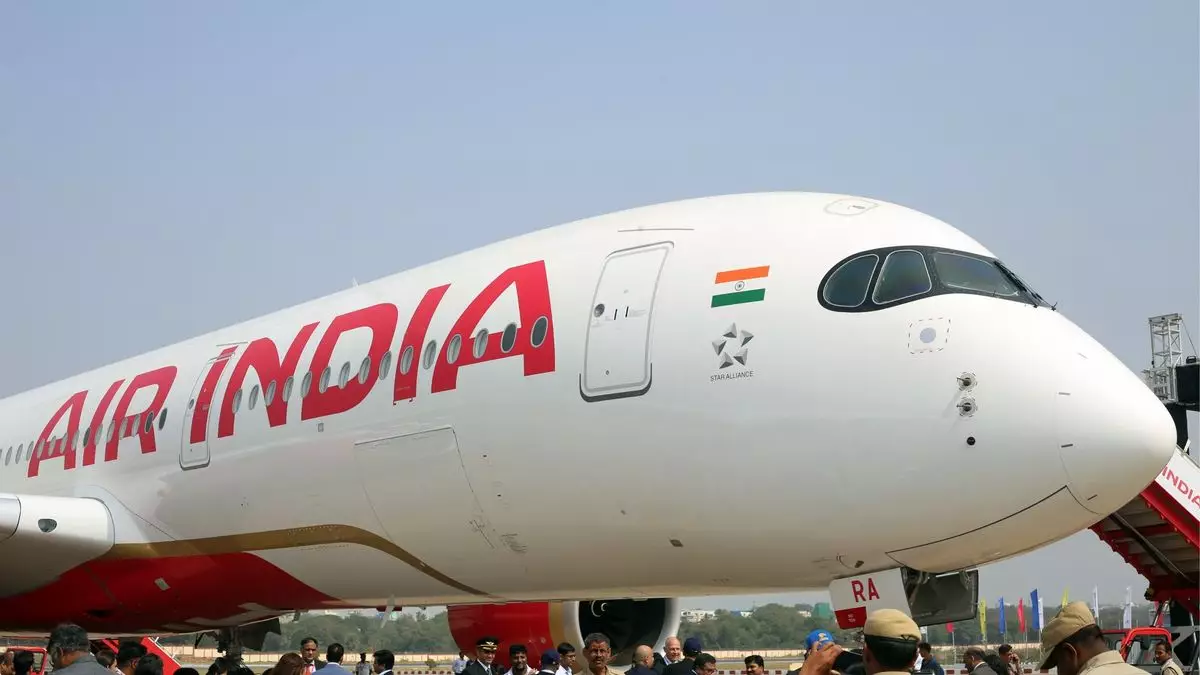India’s aviation sector recently faced intense scrutiny as the Directorate General of Civil Aviation (DGCA) released an alarming report highlighting multiple safety deficiencies at Mumbai and New Delhi airports. This review, necessitated by the tragic Air India incident in June that claimed 241 lives, underscores an urgent need to address systemic issues that compromise passenger safety. The DGCA’s findings reflect a troubling pattern of negligence that demands immediate corrective action.
The DGCA’s approach involved an intricate examination of ground activities and flight operations, aiming to ensure compliance with existing regulations. Their investigation spanned several critical areas, including maintenance practices, air traffic control, and pre-flight assessments. Unfortunately, the outcome revealed serious lapses that could have dire consequences. For instance, recurring aircraft defects point to insufficient monitoring protocols and reactive maintenance practices that seem more concerned with quick fixes than with long-term reliability and safety.
Failures: A Pattern of Negligence
One of the more glaring concerns highlighted by the DGCA was the inadequacy of maintenance checks. Instances were reported where aircraft defects arose repeatedly, suggesting that either diagnostic capabilities or corrective measures were fundamentally flawed. More disturbingly, specific maintenance orders went unheeded, raising questions about accountability and the value placed on safety. When an aircraft simulator fails to align with the actual aircraft configuration, it becomes a cog in a dysfunctional wheel, putting both pilot training and passenger safety at risk.
Moreover, faded markings along runways and instances of worn tires that led to flight cancellations signal a lack of a proactive safety culture within these airports. Traffic management systems are only as effective as the people operating them, and when fundamental safety measures are ignored, the risk factor escalates dramatically.
A Culture Shift Towards Safety
What does this call for reform mean for the stakeholders involved in Indian aviation? First and foremost, it emphasizes the pressing need for cultural change within airlines and airport management. Safety should supersede profit margins, and a shift towards a more transparent and accountable operational framework is imperative. The DGCA’s directive for corrective actions within seven days is a positive step, but enforcing dissuasive measures against non-compliance will be crucial for long-term transformation.
A commitment to continuous surveillance by the DGCA is the right direction, but it must evolve beyond periodic reviews. Regular and random assessments can serve as powerful deterrents against negligence. Furthermore, fostering an environment where safety can be openly discussed and prioritized—without fear of retribution—is vital for establishing a safety-centric mindset across the industry.
Learning from Past Mistakes
The aviation sector thrives on trust—trust from passengers in the safety of their journey and trust from regulatory bodies in the compliance of operators. The recent findings serve not only as a wake-up call but as an opportunity for meaningful advancements. By embracing these findings and implementing robust safety enhancements, Indian aviation can shift away from a past laden with preventable failures and work towards becoming a global benchmark for safety excellence. The era of sidelining safety for expediency must come to an end, giving way to a conscientious approach where every aircraft, every flight, and every passenger is treated with the utmost priority.


Leave a Reply